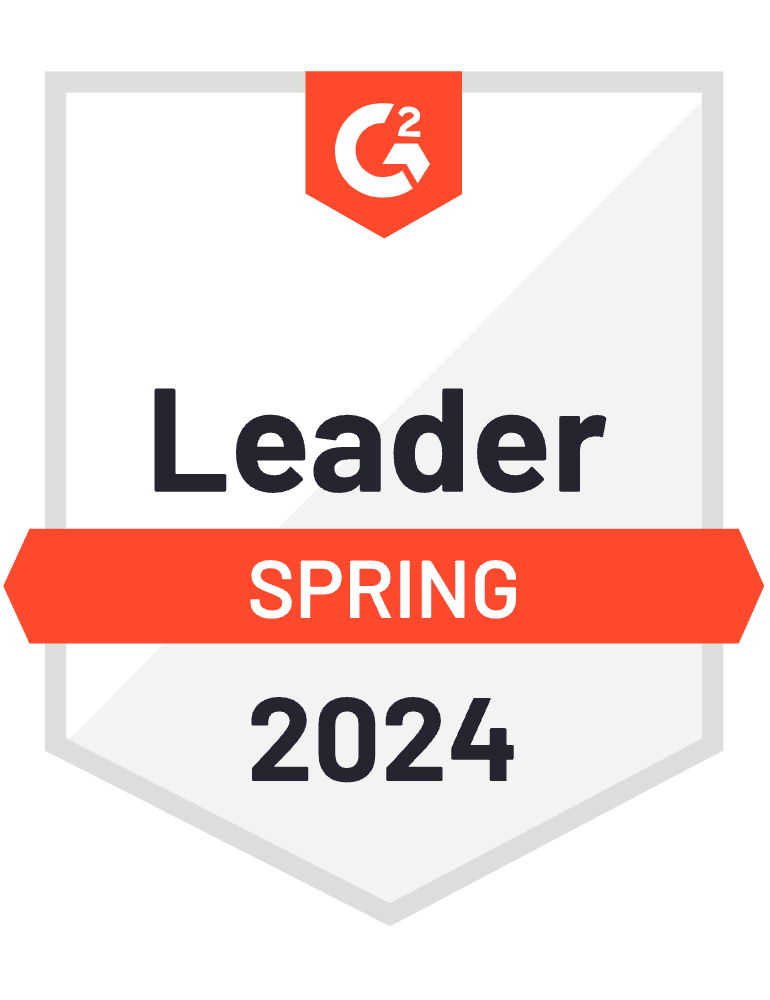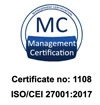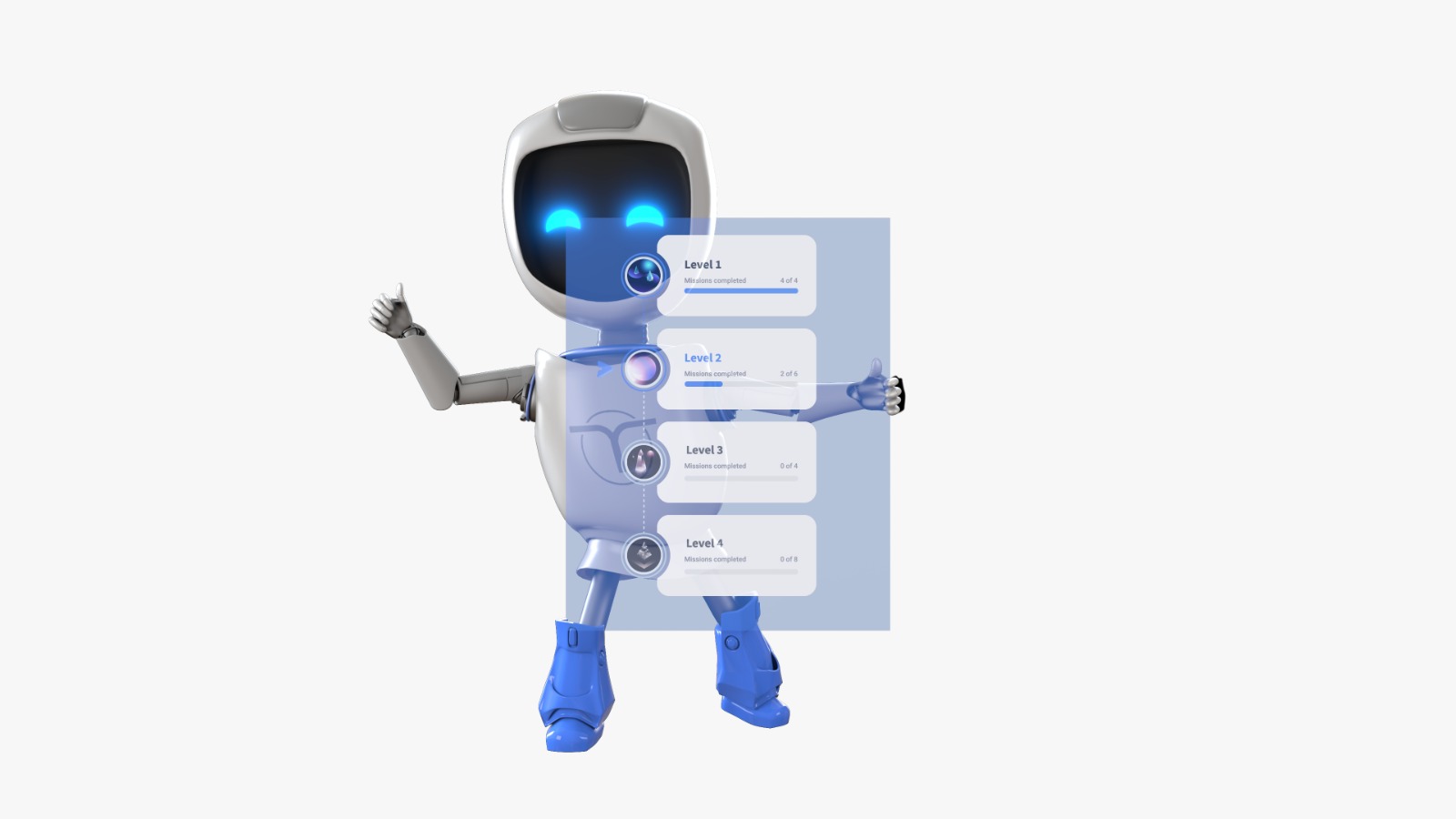Would you trust a medical resident who is tired and demotivated to provide your care? Probably not. Yet, burnout and fatigue are common issues among residents today. Over 50% report feeling burned out, and one in three face mental health challenges that directly impact patient care. The issues behind this are complex, but for now, we’ll focus on one: training. Traditional medical education no longer meets today’s demands. To keep up, healthcare organizations must embrace innovative training approaches—one of them being gamification. This article explores the benefits of gamification in medical education and how it can better equip residents to overcome these challenges.
The Benefits of Gamification in Medical Education & for Residents
Medical residency is intense, almost like a battlefield. In addition to the pressure of becoming a certified board professional, residents work under extreme stress. Unfortunately, traditional training methods often fall short in preparing residents for the complexities they’ll face, leaving them under-equipped for the real-world demands of patient care.
Common Issues During Medical Residency
While preparing for their residency exams, medical residents are required to balance numerous demanding tasks:
- Rounds
- Surgeries
- Consultations
- Maintaining patient relationships
- Overseeing and teaching interns
- Administrative tasks
Given these challenges, it’s no surprise that stress, burnout, and fatigue are rampant. A survey of over 1,600 resident physicians across 17 organizations revealed that burnout among second-year residents stands at 47%. In the UK, 63% of trainee doctors are at high or moderate risk of burnout.
In addition, the consequences of mistakes—such as loss of life, misdiagnosis, or malpractice—make mental health struggles even more pressing. An analysis of seven studies found that depressive symptoms in residents increase by 15.8% upon entering residency.
These issues not only affect residents’ well-being but also directly compromise their ability to perform at their best, which, in turn, can have a ripple effect on patient care.
The Problem: Traditional Methods and Their Shortcomings
Despite the increasing awareness of these challenges, traditional medical training methods often fail to effectively address them. This leaves residents unprepared for the complex realities of their role, increasing stress and burnout rather than alleviating them. Some key issues include:
- Lack of real-world experience: Long lectures, extensive reading, and remote learning fail to simulate the daily pressures of patient care.
- Outdated approaches: Many training methods rely on techniques and materials that no longer meet the needs of modern healthcare.
- Overlooking soft skills: Critical skills like communication, empathy, and teamwork are often neglected in traditional programs, even though they’re essential for the demands of this job.
- Disconnect from reality: Traditional methods rarely prepare residents for the fast-paced, emotional, and collaborative nature of medical practice.
Why Gamification is Important for Medical Education
A relatively new training method, gamification is built on the principles of classic virtual games, tapping into the humans’ natural drive to be competitive. It incorporates elements like quests, challenges, and badges and can be a fun alternative to the static traditional training methods.
The benefits of gamification in medical education translates to interactive and dynamic learning environments, tailored to the needs of each learner, where residents actively participate, receive real-time feedback, and progress through stages that mirror real-world challenges.
Research supports the effectiveness of gamified learning: it is twice as engaging as traditional educational methods and can improve clinical reasoning, decision-making, and overall academic performance in medical students.
Some of its best features include:
- Interactive & Engaging Content: Gamification keeps residents actively engaged with the material by incorporating games and simulations. Instead of passively absorbing information, residents actively participate, which improves retention and performance.
- Simulation of Real-World Scenarios: Through gamification, residents can simulate critical real-world medical scenarios, such as patient consultations, emergency care, and decision-making under pressure. This offers a safe environment where they can develop essential skills without putting patients at risk.
- Adaptive Learning: Gamified platforms adapt to each resident’s individual progress, ensuring that they focus on areas where they need the most improvement. Advanced platforms even use AI to adjust learning paths based on a resident’s strengths and weaknesses.
Moreover, gamification offers a cost-effective and scalable alternative to traditional training methods. With global spending on medical education estimated at $100 billion annually, gamified learning presents an efficient solution to maximize the impact of every training dollar.
How Gamification Helps Residents Specifically
Gamification can target both soft and technical skills, essential for every resident. By providing an interactive and engaging environment, it helps residents develop critical competencies in a practical, low-stress setting.
Here are some examples of the benefits of gamification for medical education, especially for training residents.
Elevating Clinical Performance
- Gamification allows residents to engage with complex medical cases that mirror real-life conditions. This hands-on practice leads to better retention and better clinical outcomes when they encounter similar situations in real life.
- Example: A simulation where residents diagnose and treat a patient using a virtual system that mirrors real-life medical conditions.
Specialized Training for Diverse Medical Fields
- Gamified modules can be tailored to meet the specific needs of different specialties—whether it’s the high-pressure environment of emergency medicine or the technical skills required in surgery.
- Example: Medical content delivered in small-sized sections (microlearning) for faster retention and engaging content.
Preparing for Board Certification Exams
- Gamification is especially useful in preparing for board exams, offering residents the ability to track their progress, engage with case-based scenarios, and practice questions. A gamified environment helps in identifying knowledge gaps and focusing on areas needing attention.
- Example: Residents advance through increasingly complex medical cases, earning points for correct diagnoses and treatment plans.
Enhancing Performance in Critical Situations
- Time-sensitive simulations push residents to make decisions quickly and accurately under pressure. Studies show that medical professionals trained in high-stakes simulations are better at handling emergencies with fewer errors.
- Example: Residents manage a cardiac arrest case where every second counts, learning to respond under time constraints.
Developing Leadership & Mentorship Abilities
- Residents in leadership roles must manage a team of interns and junior staff. Gamification can simulate leadership challenges, allowing them to practice delegation, team management, and conflict resolution before they encounter real-life challenges.
- Example: A game where residents oversee a team of interns, make delegation decisions, and resolve conflicts in a virtual environment.
Cultivating Essential Soft Skills
- Effective Communication: Interactive games allow residents to practice clear communication during difficult patient interactions, which is essential for team coordination and patient care.
- Interpersonal Skills & Patient Handling: Residents can practice consultations and patient interactions in gamified scenarios, leading to better communication, empathy, and decision-making. This reduces the risk of miscommunication, which is often linked to medical errors.
- Empathy and Bedside Manner: Simulation-based games help residents develop empathy by putting them in the patient’s shoes and enhancing their emotional intelligence.
- Example: A game where residents break difficult news to a patient, practice handling a distressed family member.
Measuring the ROI of Training for Residents
When implementing gamified training programs, measuring their success is key. Here are a few ways to assess the impact:
- Resident Engagement: Compare participation rates in gamified programs with traditional training methods.
- Knowledge Retention: Use pre- and post-assessments to track how well residents retain information over time.
- Error Reduction: Monitor the frequency of medical errors or near-misses before and after introducing gamification.
- Clinical Outcomes: Studies suggest that simulation-based learning improves residents’ ability to handle emergency scenarios with better patient outcomes.
Gamification Platforms Can Transform Medical Education
Code of Talent’s platform addresses the issues identified in this article by offering a comprehensive, gamified approach to medical training. Key features include:
- Interactive modules and real-time feedback: Enhances engagement and improves the learning process.
- Personalized learning with AI: Tailors training experiences to meet the needs of residents, making the learning more effective.
- Adaptability for specialized training: Supports diverse medical fields, including emergency medicine, surgery, and internal medicine.
- Skill development in critical situations: Allows residents to practice at their own pace, prepare for board exams, and refine interpersonal communication.
All of this is offered within a gamified environment, designed for modern medical education.
Conclusion
In light of rising burnout rates, mental health struggles, and inefficiencies in traditional training methods, immediate reform in medical education is necessary to ensure residents thrive.
The benefits of gamification in medical education are clear: it helps residents engage more effectively with their learning, enhances their clinical performance, and cultivates essential soft skills like communication and empathy. Embrace innovative solutions, such as Code of Talent, to create a more effective, supportive, and sustainable training environment!
Photo: Freepik





